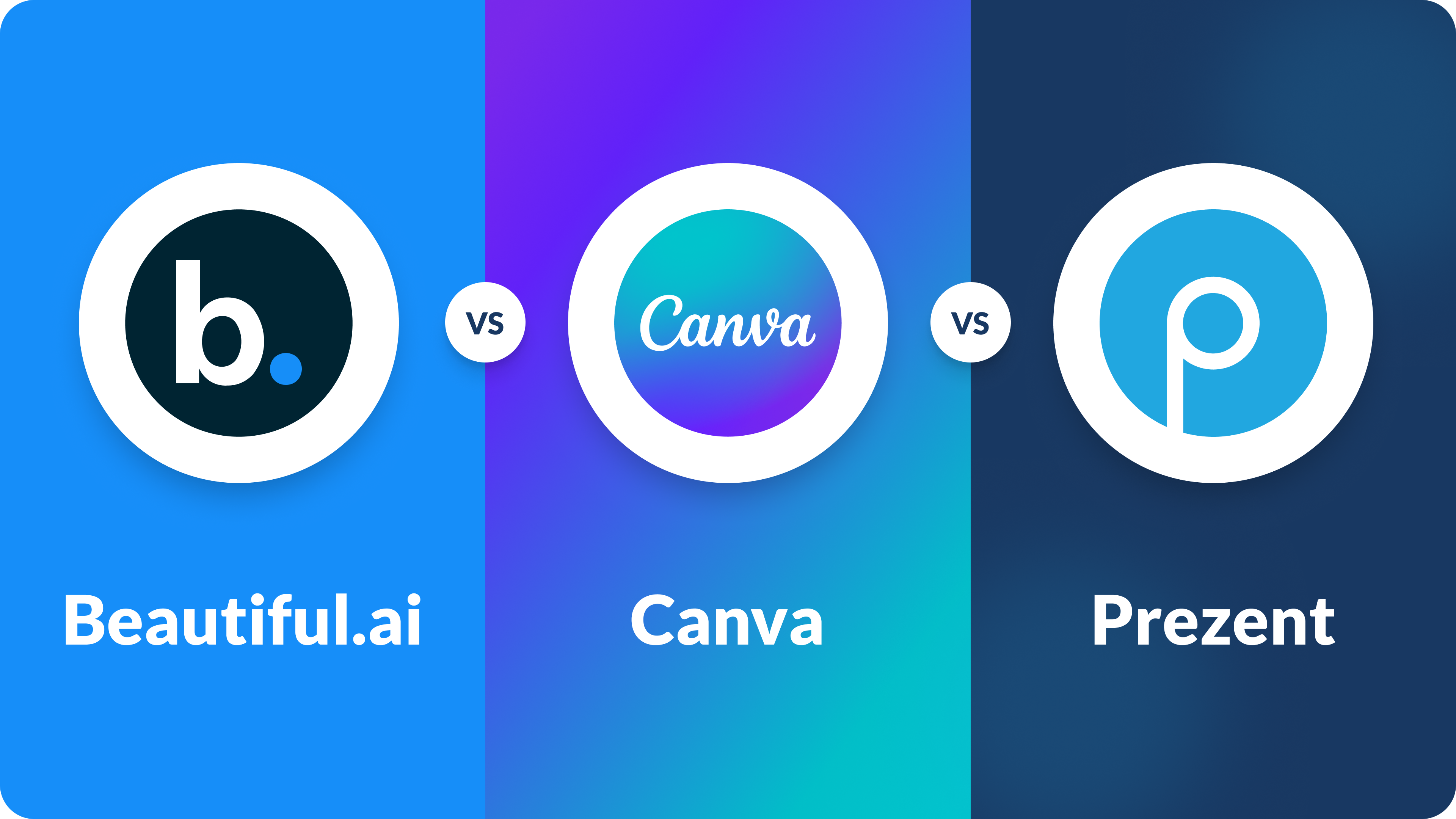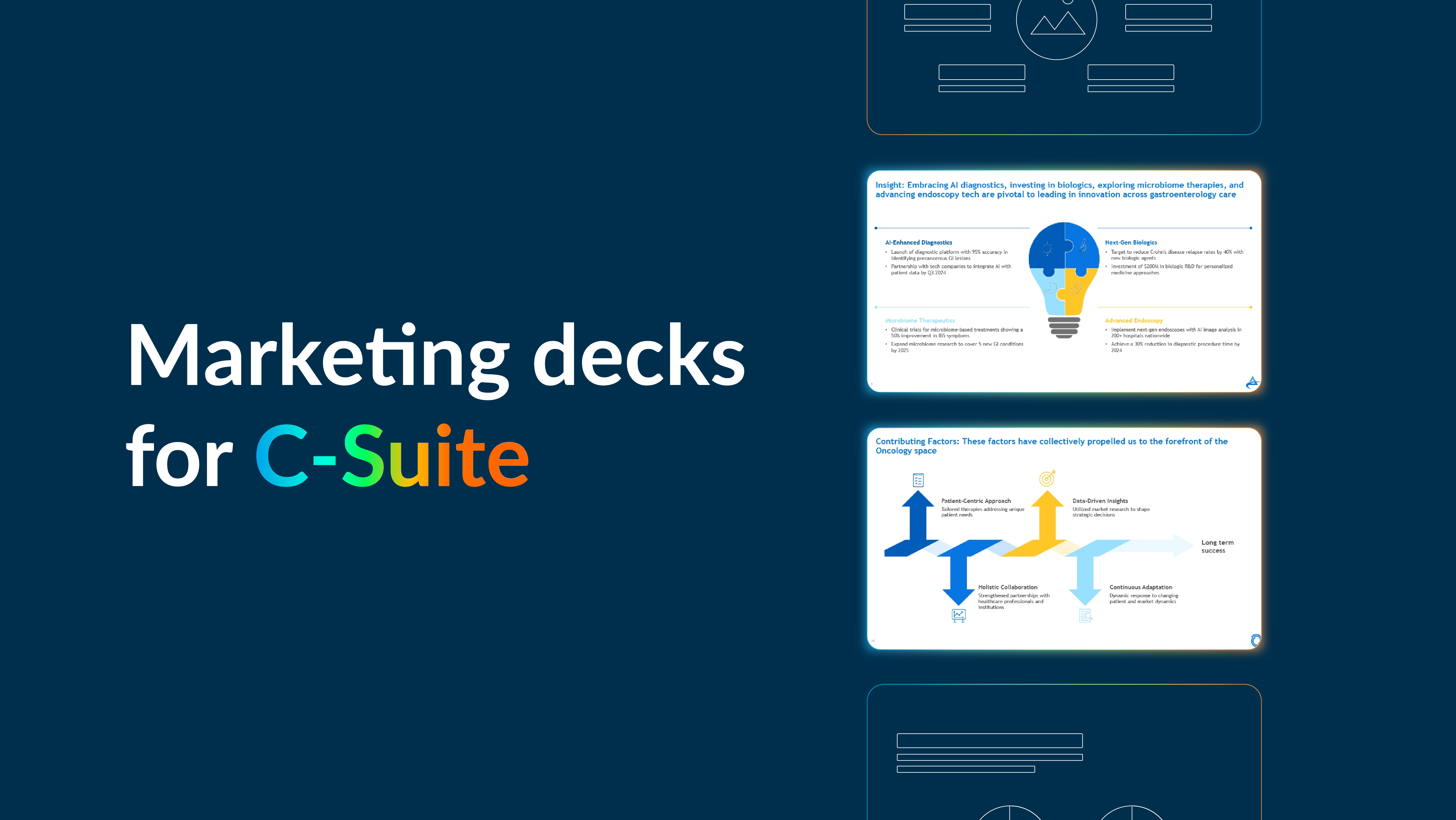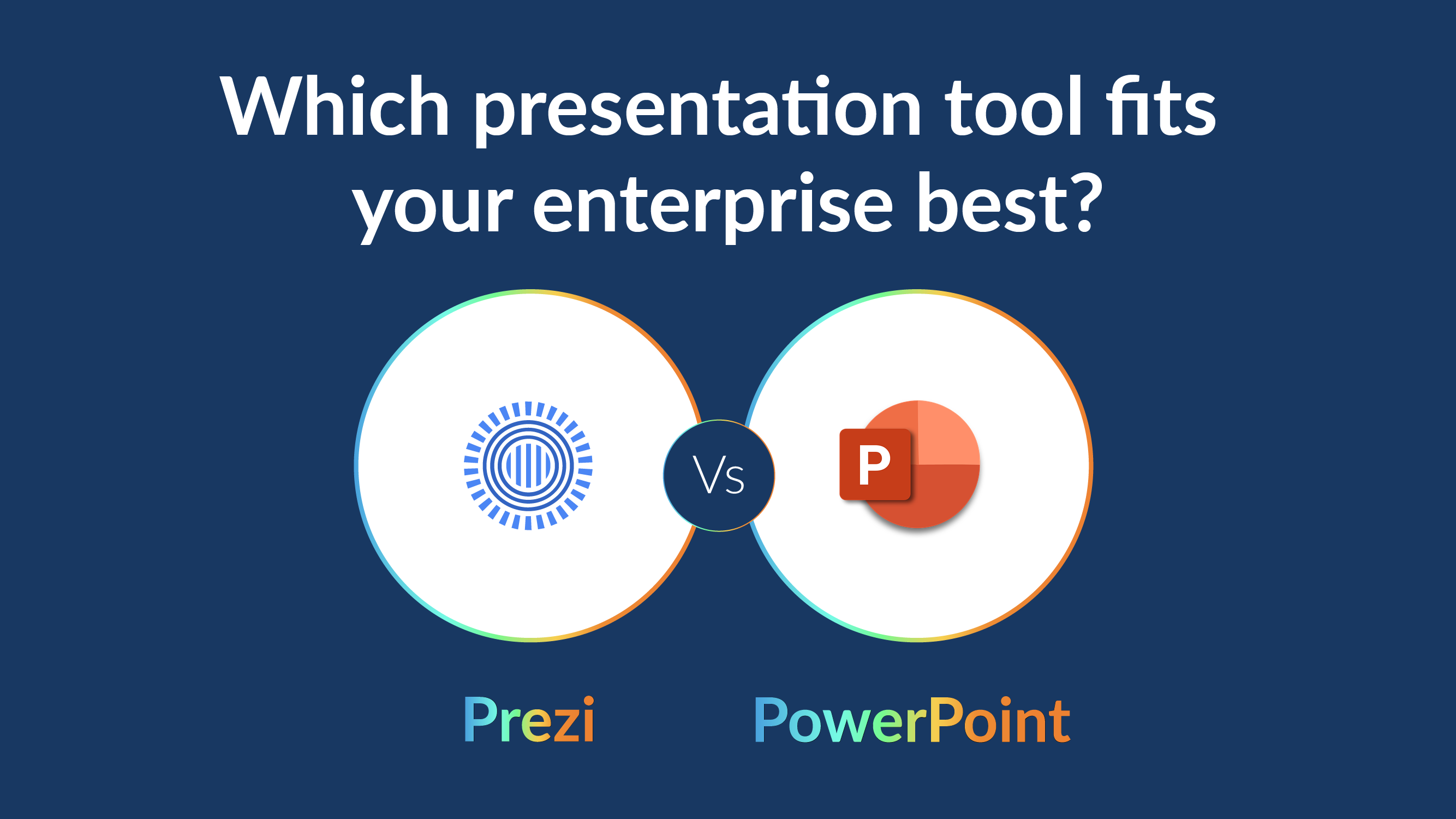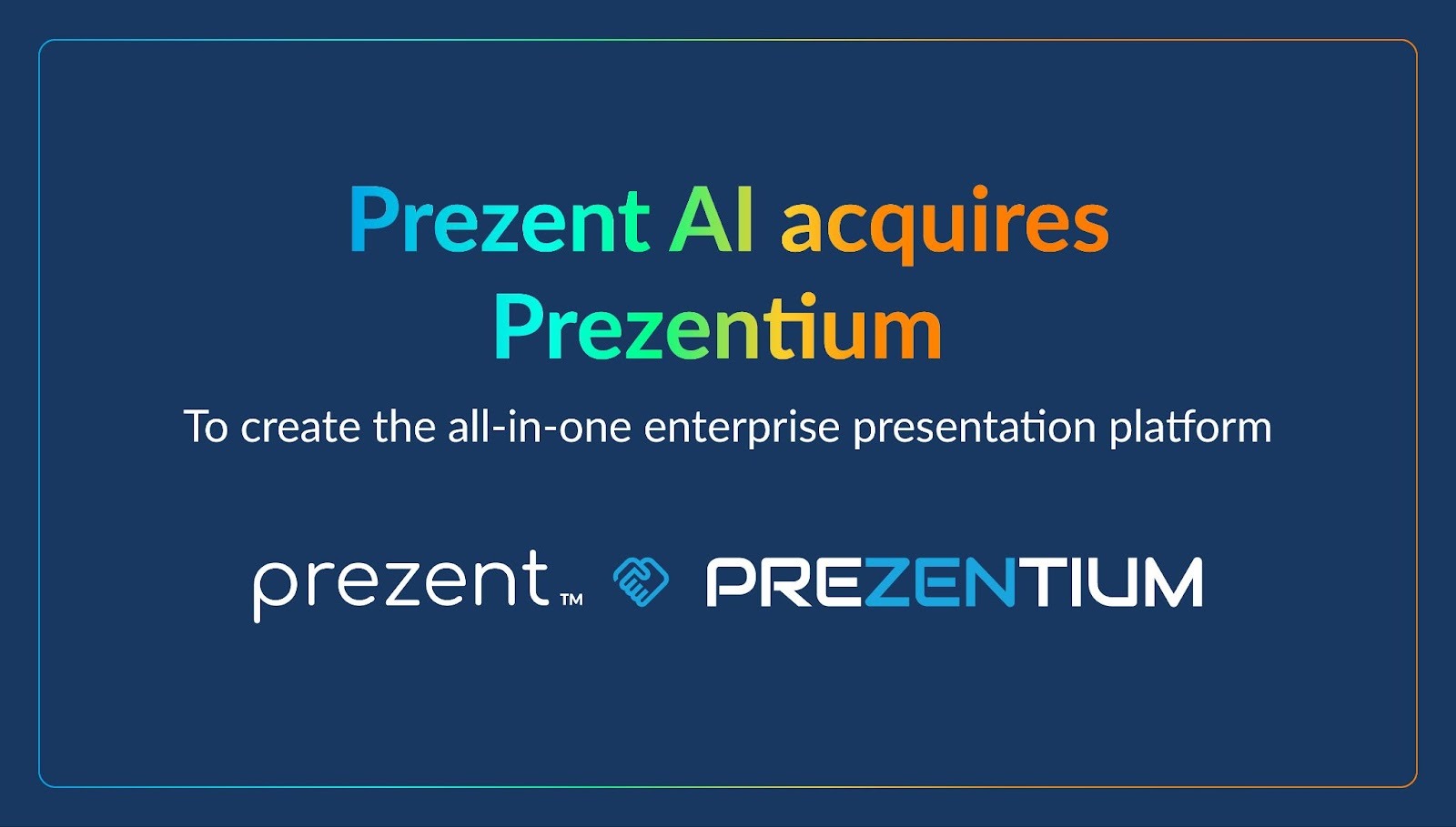Mark Huber's playbook for presenting impact to your board

As a marketing leader, a bad presentation to the board increases uncertainty and opens you up to more questions. Marketing already faces an inherently high baseline of skepticism over the value of its work. By not speaking the board’s language with meaningful data storytelling, you risk losing executive support, budgets, strategies, and even team roles.
A strong presentation, on the other hand, assures your board of your competence as a marketing leader and helps prove that marketing drives results.
As the VP of Marketing at UserEvidence—and the company’s first full-time marketer—Mark Huber was tasked to build his department from the ground up. He provides regular updates to his company’s board and understands what it takes to create impactful presentations for this audience.
We asked Mark to distill his actionable advice and best practices for giving stronger presentations to a board of directors. Here are his recommendations for connecting with your board-level audience and demonstrating marketing’s long-term value.
What marketers get wrong about presentations
Mark believes marketers can get in their own way when building presentations, with many of the most costly mistakes occurring before the presentation even begins.
Let’s walk through a few of the most common blunders and how you can avoid them with solid preparation.
They create presentations that appeal to marketers—not their audience
“Marketers get stuck in their heads and talk only about marketing-specific things, and with language that doesn’t really connect to big business-level problems or issues that the board truly cares about,” Mark says.
The truth is, too many marketers want to present what they think is important. But they often overlook what the board finds most interesting and relevant:
- Cross-functional problems for which you have a unique point of view
- A clear plan of action for addressing these issues
- Why this problem matters to revenue or retention
When sending slides to the board, you can also ask their opinion on the content. This prep work ensures you’ll tailor messaging to your audience’s interests.
“I think when you don’t go through the prep—like anything in life—and put the time in before whatever the thing is, you then open yourself up for a lot more questions, potentially presenting things that the board really doesn't care about, and putting yourself in a tough spot,” says Mark.
They present data instead of telling a story
We’ve all sat through dry presentations that list off number after number. (Yawn.)
Don’t expect your audience to be data wizards and interpret key information in the moment. Storytelling—and displaying confidence as a storyteller—helps strengthen your credibility and keep your audience engaged.
When he first started meeting with his company’s board, Mark believed data was the priority. Over time, though, his mindset shifted.
“It’s not to say the board doesn’t care about data,” Mark says. “What they care about is the story around the data. And I think so much of how you show up in board meetings is dependent on your confidence level and your ability to tell a strong story with conviction.”
They don’t connect marketing outcomes to business goals
According to Mark, too many marketers end up losing the board’s confidence in their leadership because they only conceptualize their marketing strategy around what they think is best for their marketing team’s performance.
A board needs to see how these marketing efforts support broader business goals.
To Mark, these goals are a moving target.
“What are the company goals for this year?” Mark asks. “What is the company trying to do by the end of the fiscal year to say that this year was successful? After you decide how this goal connects to new business or retention, how can marketing help drive that outcome?”
Once marketing and the board agree on marketing’s role in these goals, you can directly align programs, campaigns, product launches, and content launches.
4 components of an impactful marketing presentation
Mark believes there are certain steps every marketing leader can take to avoid making the above presentation mistakes and excel in front of the board, every time. Here are the four components he recommends:
1. A consistent preparation workflow
Mark insists that the most impactful way to update your company’s board is to give your presentations a consistent structure. This also helps your audience understand what to expect from each meeting.
“I try to keep it short and sweet,” shares Mark. “So I have highlights from the previous quarter and really try to lead with business-level metrics at the top. I also include goal achievement and call out big logos that we win.”
This familiar presentation structure gives the board confidence that you have a comprehensive grasp of the business. It also makes prep easier thanks to the predictable workflow.
2. The full data story (including the bad data)
Contrary to popular belief, bad data isn’t bad for your presentation. Showcase all of your data, along with the actions taken in response to those findings, to give your board a view into ongoing problem-solving efforts.
“Show good data and data that's not so good—and then be clear on what you are doing to correct the issues from the bad data,” Mark says.
3. Quantifiable validation for every highlight
If you want to highlight an achievement, you must validate it with data to show why it matters.
“For a recent update, I wanted to show a process change,” states Mark. “So we implemented a new OKR system last quarter, and it was a solid starting point. We learned a lot, we messed up a lot. And then I moved to how we are improving it in Q2.”
Mark demonstrated operational rigor that the board could expect from marketing and showed how plays are being run vs. simply explaining without quantifiable data to back them up.
4. A focus on cross-functional problems
Instead of harping on marketing problems, Mark believes you should discuss cross-functional problems to demonstrate what will move the needle for the business:
“I start with, ‘Hey, here’s the problem I’m seeing, and based on my understanding, my intuition, and the conviction that I have, here are the options I think we can pick from to address that problem. Of these recommendations, here’s my best route forward and why.’”
This shifts the spotlight away from marketing-specific scenarios and toward larger issues, showing you’re working cross-functionally to solve sticky, meaningful problems.
“It could be a disconnect between what the market is saying and what you’re building,” Mark adds. “If your retention metrics are low, that could indicate you’re targeting the wrong companies and acquiring the wrong customers.”
Mark’s tips on acing your next marketing presentation
From tailoring content to different audiences to making the preparation process easier, here are the best practices Mark uses to create impactful marketing presentations, from ideation to rehearsal.
Loop in collaborators early in the preparation process
One of the first lessons Mark learned at UserEvidence was the value of involving collaborators early in the revision process:
“When I first started presenting to the board, if I didn’t loop in co-founders early on for what I was planning to show and why and how and gave them slides to react to, then I found myself having to do a whole lot more rework before the actual board meeting,” Mark says.
Mark now has a streamlined process: He sends slides to co-founders first and then to the board, tailoring content to their priorities and expectations.
“I’ve gotten into a consistent rhythm of getting these slides over to the co-founders as early as possible,” Mark says. “That way, I know that they're bought in on it and there are no surprises. This reduces the amount of updates.”
Use outlining to break down the preparation process
Blank-slide syndrome is the silent killer of all great presentations. Mark’s cure is using generative AI to help document and organize his presentation ideas.
“I use ChatGPT for a variety of different use cases,” Mark says. “One of my favorites is working on the first draft of the board slides. I have a project in ChatGPT for board updates and internal presentations, with separate instructions for each.”
Here’s an example of a prompt Mark uses during the outlining and ideation process:
“Let’s say I’m presenting a marketing update to XYZ audience. I need to make sure that how I’m talking about things is framed at the right level of detail for a board versus for a company leadership team versus for a sales team. Because you will talk about things in different ways.”
Find the right balance of practice and prep work
Always practice your presentation before sharing with the board. But Mark cautions that there is such a thing as too much practice, which can lead to a robotic and monotone delivery.
Mark believes in finding a balance between practice and prep work—the latter of which reduces the time spent on the former:
“I think when I didn’t prep as much, I would get really nervous about practicing,” Mark says. “But now I’m breaking it into smaller pieces and steps along the way.”
Now, Mark practices for an hour the night before and 30 to 45 minutes on the morning of the meeting, thanks to integrating practice time into prep work.
“I don't think there's a one-size-fits-all approach to it, but for me, the best process is: practice a little bit the night before, practice the morning of, but also practice along the way as you build out the presentation.”
Tailor your messaging to the board with Prezent
A well-organized deck, tailored messaging that connects marketing activities to tangible business outcomes, and meaningful data-driven stories will put you well on your way to delivering stronger presentations to your board.
The right tools help. Prezent’s AI Integration, ASTRID AI, helps you build presentations from a library of more than 35,000 slides with 1,000 expert-curated storylines to tailor insights to your audience.
If you’re ready for a business communication AI platform to help you create impactful presentations, Prezent saves enterprise teams 90% of their time spent making them, which gives you more time to refine your messaging, collaborate with co-founders, and practice your performance.
See for yourself: Request a demo of the Prezent platform today.













